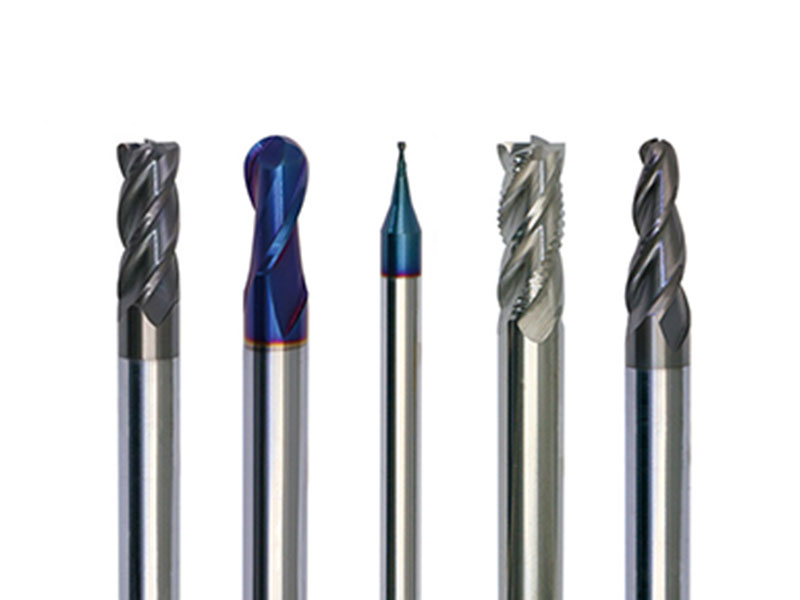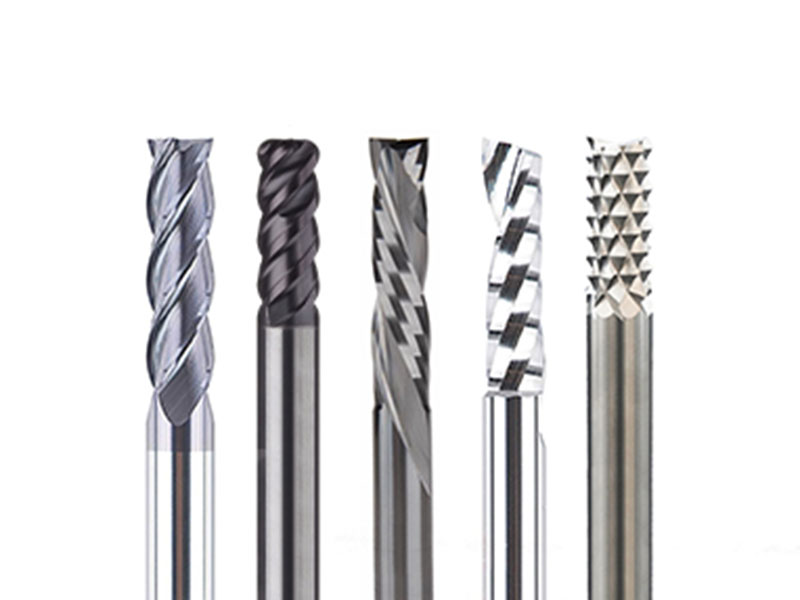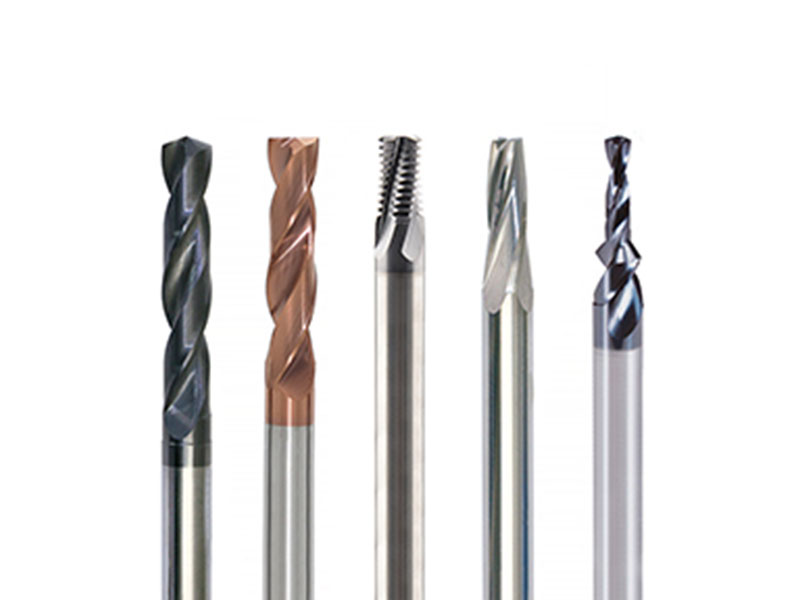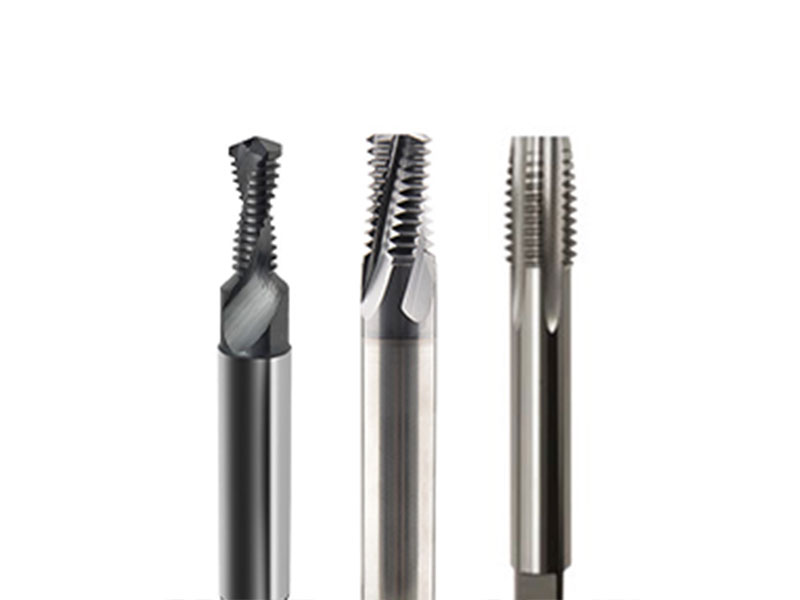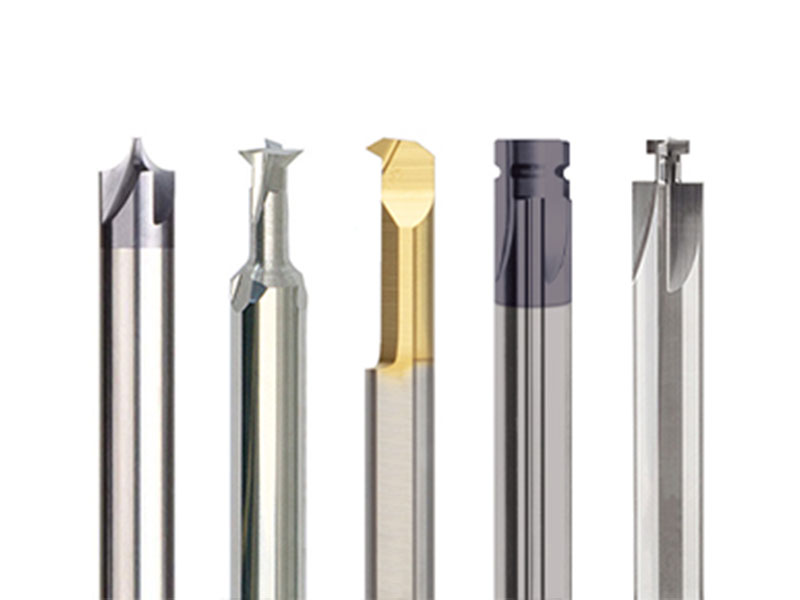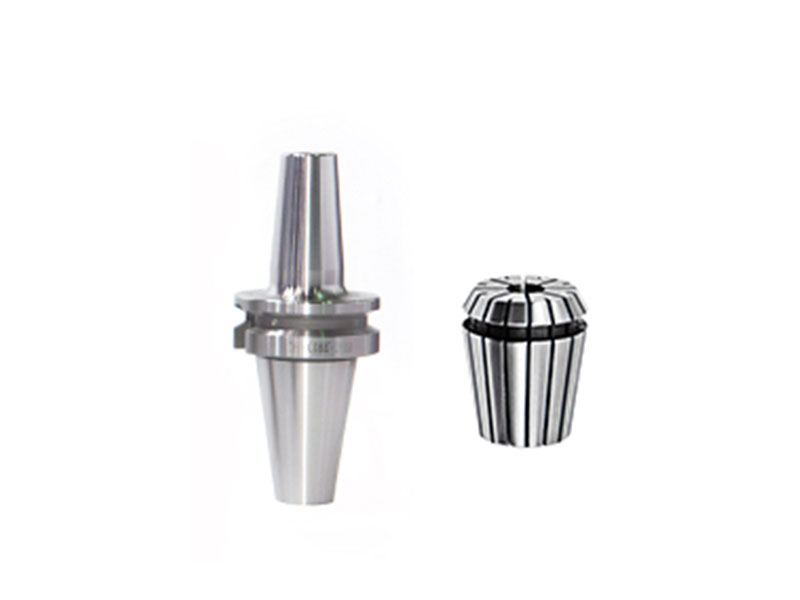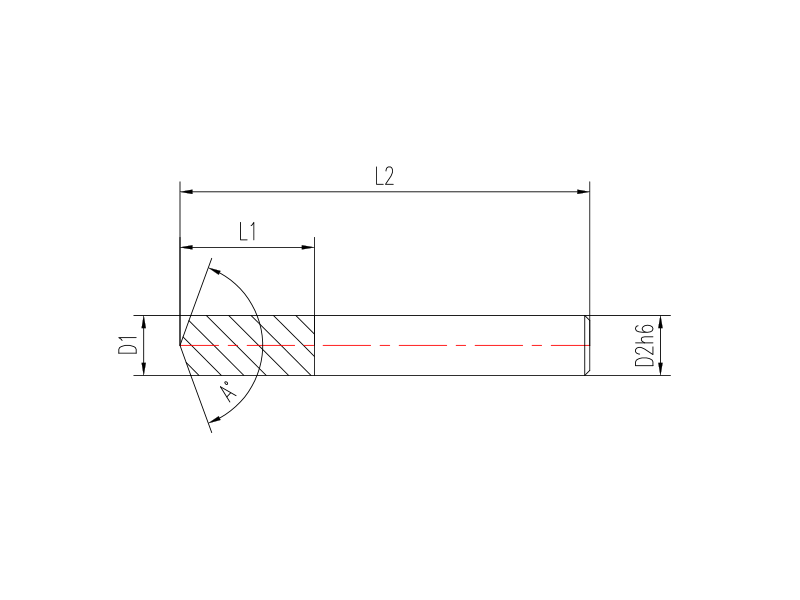The correct use of customized cutting tools end mill and the difference between drill bits
 Jul 14, 2021|
Jul 14, 2021| View:1190
View:1190The customized cutting tools end mill is designed to be used in the following ways.
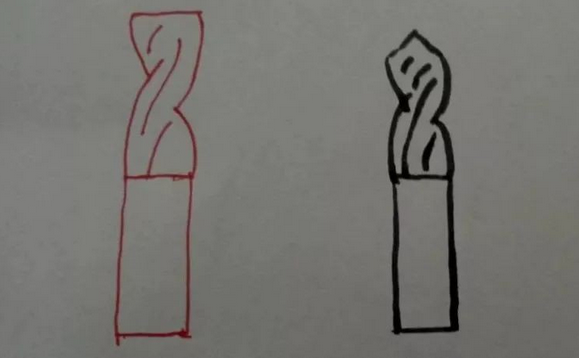
End mills are usually coated with anti-rust oil when they leave the factory, if you use non-water-soluble cutting oil when cutting, the inner hole of the tool holder will also be attached to a layer of foggy oil film, when there is oil film on the tool holder and tool holder, the tool holder is difficult to firmly clamp the tool holder, and the end mill will be easy to loosen and fall off during processing.
Therefore, before customized cutting tools end mill clamping, the shank of the end mill and the inner hole of the tool holder should be cleaned with cleaning solution and dried before clamping.
2. Vibration of customized cutting tools end mill
Since there is a small gap between the customized cutting tools end mill and the tool holder, the tool may vibrate during the machining process. The vibration will make the end mill's circumferential edge eat unevenly and the cutting and expanding amount will increase than the original value, which will affect the machining accuracy and tool life.
3.customized cutting tools end mill end edge cutting
In the CNC milling processing of mold and other workpiece cavities, when the cutting point is a concave part or a deep cavity, it is necessary to extend the extension of the end mill. If a long end mill is used, the deflection of the tool will cause vibration and tool breakage.
Therefore, if only the cutting edge near the end of the tool is required to participate in the machining process, it is better to use a short-edge long-shank end mill with a longer total tool length.
4. The choice of cutting parameters
The choice of cutting speed mainly depends on the material of the workpiece to be machined; the choice of feed rate mainly depends on the material of the workpiece to be machined and the diameter of the end mill.
5. Choice of cutting mode
The use of smooth milling is conducive to preventing damage to the cutting edge, which can improve tool life. However, there are two points to note.
① If using ordinary machine tools, should try to eliminate the clearance of the feed mechanism.
②When the surface of the workpiece is left with the oxide film or other hardened layer formed by the casting and forging process, it is appropriate to use reverse milling.
6.customized cutting tools end mill use
The use of high-speed steel end mills and the use of a wider range of requirements, even if the choice of cutting conditions is slightly improper, it is not too big a problem. While carbide end mills have good wear resistance when cutting at high speeds, they are not as widely used as HSS end mills, and the cutting conditions must be strictly in line with the requirements of the tool.
The difference between customized cutting tools end mill and drill bit.
1, end mill description
End mill is mainly used for milling processing, such as milling plane, step surface, groove, forming surface, etc.. Secondly, milling cutters can also be used for cutting, such as cutting off milling cutters, saw blade milling cutters. The common diameter of the milling cutter is 1~25, less than 1mm, often called tiny diameter milling cutter, such as diameter 0.2~0.9mm. larger than 20mm and other large diameter, the use of integral milling cutter cost is higher, most will use the "tool bar + cutter grain", disc milling cutter and other ways to milling processing.
Commonly used milling cutters have 1, 2, 3 and 4 edges. A small number of finishing operations use 6 flutes.
According to the shape of the classification: milling cutters can be divided into flat bottom cutters, ball cutters, round nose cutters, molding cutters, chamfering cutters, T-shaped cutters, tooth-shaped cutters, rough skin milling cutters, etc.
2、Drill description
Drill bit is mainly used for drilling, drilling is divided into through holes and blind holes (respectively refers to originally have holes and then processing, originally no holes to drill). The common drill bits are twist drill, flat drill, center drill, deep hole drill and nesting drill. Although reamers and countersinks cannot drill holes in solid materials, it is customary to classify them as drills.
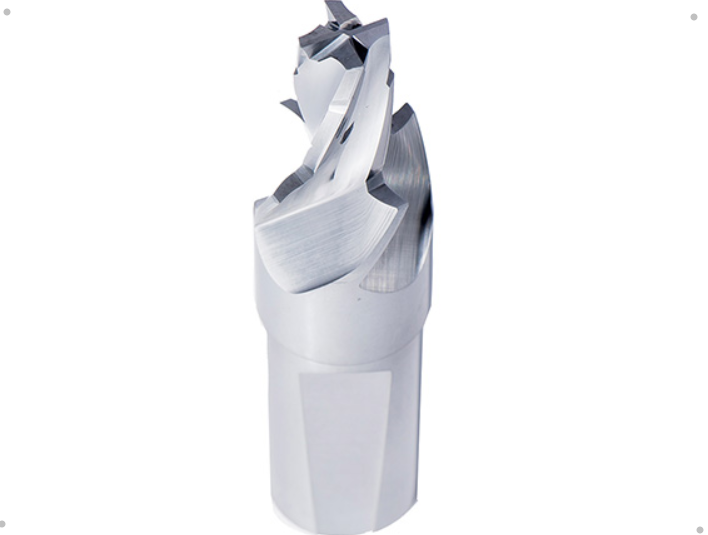
3, the main difference between end mills and drills
(2) The structure is different; there are many types of end mills, and the structure of different types of gongs differs greatly, not to mention the comparison with drills.
